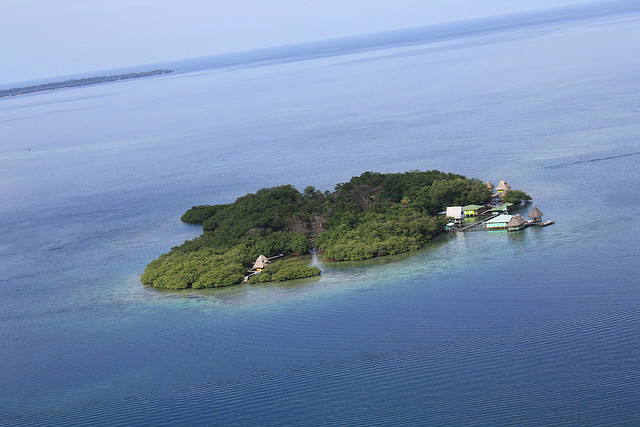The Isla Morada...A Ship With Much History
The Isla Morada is surrounded by a fascinating history, long before transporting tourists across the Panama Canal. It was designed as a luxury megayacht for Boston millionaires. It was Built by Lawley & Sons, the company Cox & Stevens. All in wood, was built in the shipyards of the East Coast of the United States, and began sailing in 1912 with the name Santana. It had five luxury bedrooms, a lavish dining room, a library and was home to a crew of seven sailors. Among its owners was a very special one, the most famous gangster in history, the legendary Al Capone.
In the years of World War II it was requisitioned by the United States Navy, later to be acquired by a sailor who lived in Florida, which re-christened with the name of Isla Morada. It arrived in Panama in 1960 and served as a hotel ship anchored off Piñas Bay during the construction of the Tropic Star Lodge, the world famous sport fishing resort.
With capacity for 100 people, complete sets of Signs and Lighting, Help Communication System, Navigation lights properly installed and operational, and Fire Systems First Aid Kit. The conditions of the hull, machinery and electrical installations are periodically reviewed and are appropriate for making the spacecraft trajectories.
The ship has the following life-saving appliances:
- 6 bags with capacity for 132 lifeguards people.
- Life jackets for 165 people.
Its dimensions are:
- Length (L): 96.00 mts.
- Beam (width): 19:00 mts.
- Depth (draft): 5.00 mts.
- Gross tonnage: 94.00 tons
The second boat we have is the Fantasia del Mar with a capacity for up to 434 people.
It was built in Booth Bay Harbor, Maine, E.U.A. by Eastern Shipbuilding Corp.
The Fantasia del Mar has the following life-saving appliances:
- 22 bags jackets with a total capacity of 440 people
- Life Jackets for 440 people
Its dimensions are:
- Length (L): 35.66 mts.
- Beam (width): 8.69 mts.
- Depth (draft): 3.23 mts.
- Gross Tonnage: 465.14 tons
The third and last boat is the Tuira II with a capacity for up to 492 passengers with 2 spacious floors.
It was built in the USA by Willey Manufacturing Co.
The ship has the following life-saving appliances:
- 26 bags with capacity for 572 Lifeguard people
- Life Jackets for 600 people
Its dimensions are:
- Length: 35.80 mts.
- Beam: 10.02 meters.
- Depth: 3.26 mts.
- Gross Tonnage: 227.00 tons



















